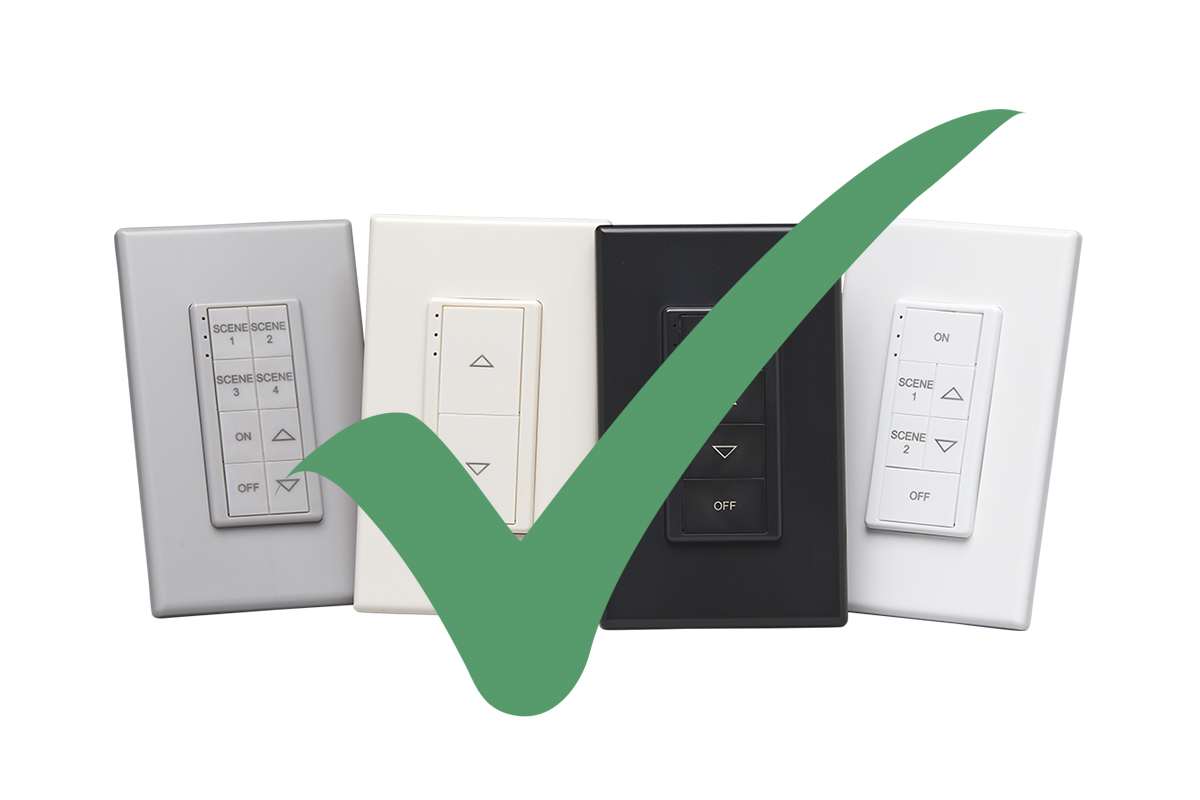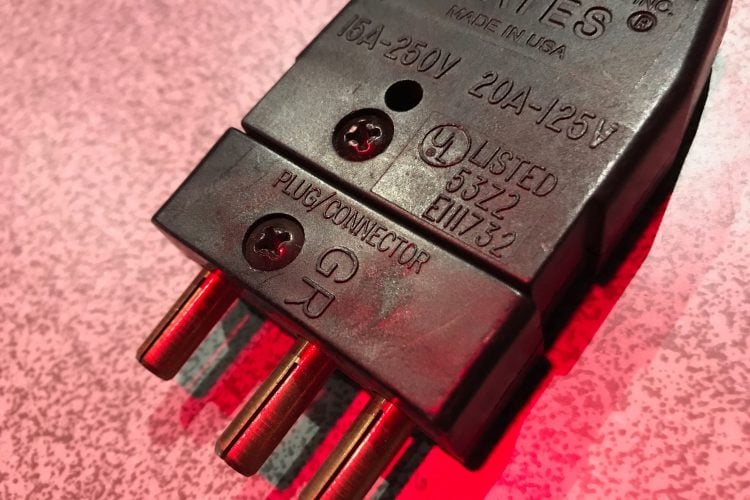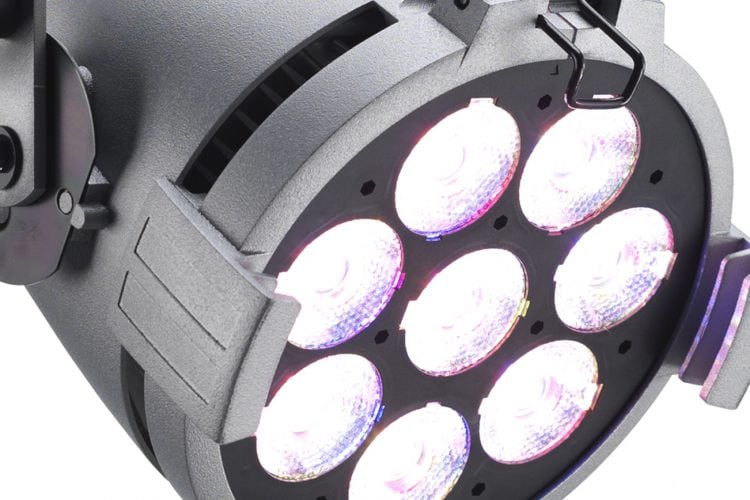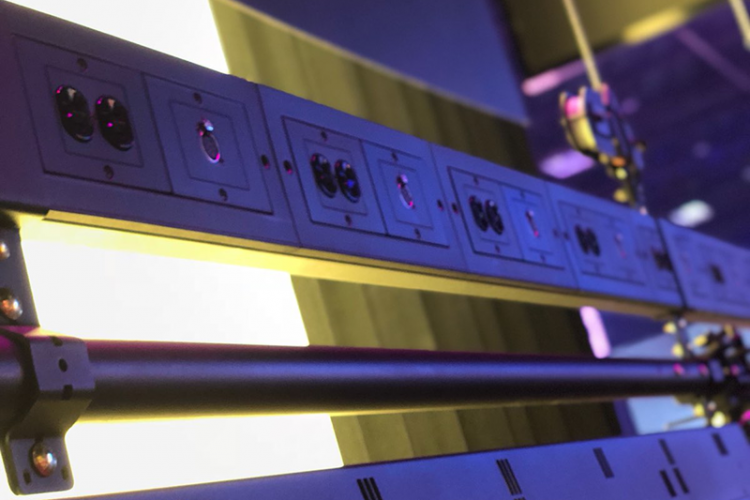NEC section 210.70 covers the requirements for “Lighting Outlets” and their control in certain specific occupancies and locations. Recent internet articles have created some confusion regarding this section. This blog post is meant to clear up where 210.70 applies.
Revisions in the 2023 edition of the NEC resulted in the following requirement being added to 210.70:
“The switch or wall-mounted control device shall not rely exclusively on a battery unless a means is provided for automatically energizing the lighting outlets upon battery failure.”
This new language, because it appears only in the opening paragraph of 210.70, creates ambiguity on exactly what constitutes “The switch…”, and could lead the reader to erroneously believe the new requirement renders noncompliant all battery powered switches that lack the ability to automatically energize lighting outlets upon battery failure.
However the first sentence under 210.70 states: “Lighting outlets shall be installed where specified in 210.70(A), (B), and (C).” In fact, these subsections cover only specific occupancies and locations that would be considered hazardous if rendered dark. Location 210.70(A) is for dwellings; (B) is for guest rooms and suites; (C) is for attics and underfloor spaces, utility rooms, and basements within all occupancies.
Most commercial spaces, houses of worship, schools, etc., do not fall under these specified locations. Therefore, lighting systems with battery-powered switches and wall-mounted controllers can be installed in them without the need to turn on the lighting outlet upon battery failure.
Public Inputs are now open for the 2026 Code cycle, with the closing date being September 7, 2023. This topic is likely to result in several PI’s being submitted for the 2026 Code cycle in an effort to editorially clarify the wording in the 2023 edition. We encourage anyone with interest in this subject and who would like revisions to occur in the 2026 code to submit Public Input.





